The Ancient Origins of Chinese Porcelain
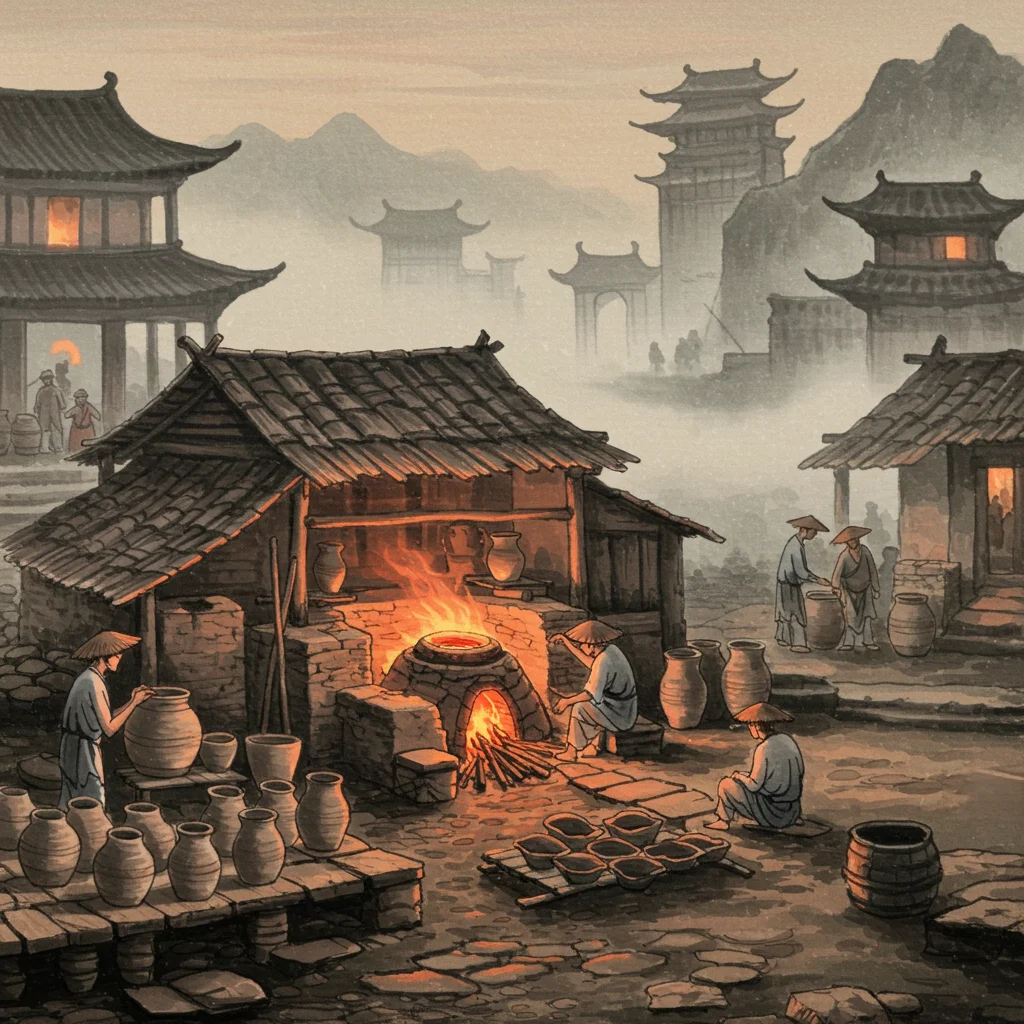
Chinese porcelain traces its roots to the Shang Dynasty (1600–1046 BCE), where early proto-porcelain emerged from kilns firing kaolin-rich clay. By the Eastern Han Dynasty (25–220 CE), true porcelain was perfected, characterized by its translucent body and resonant tone. These early wares laid the foundation for China’s millennia-long ceramic dominance.
The Golden Age: Tang and Song Dynasties
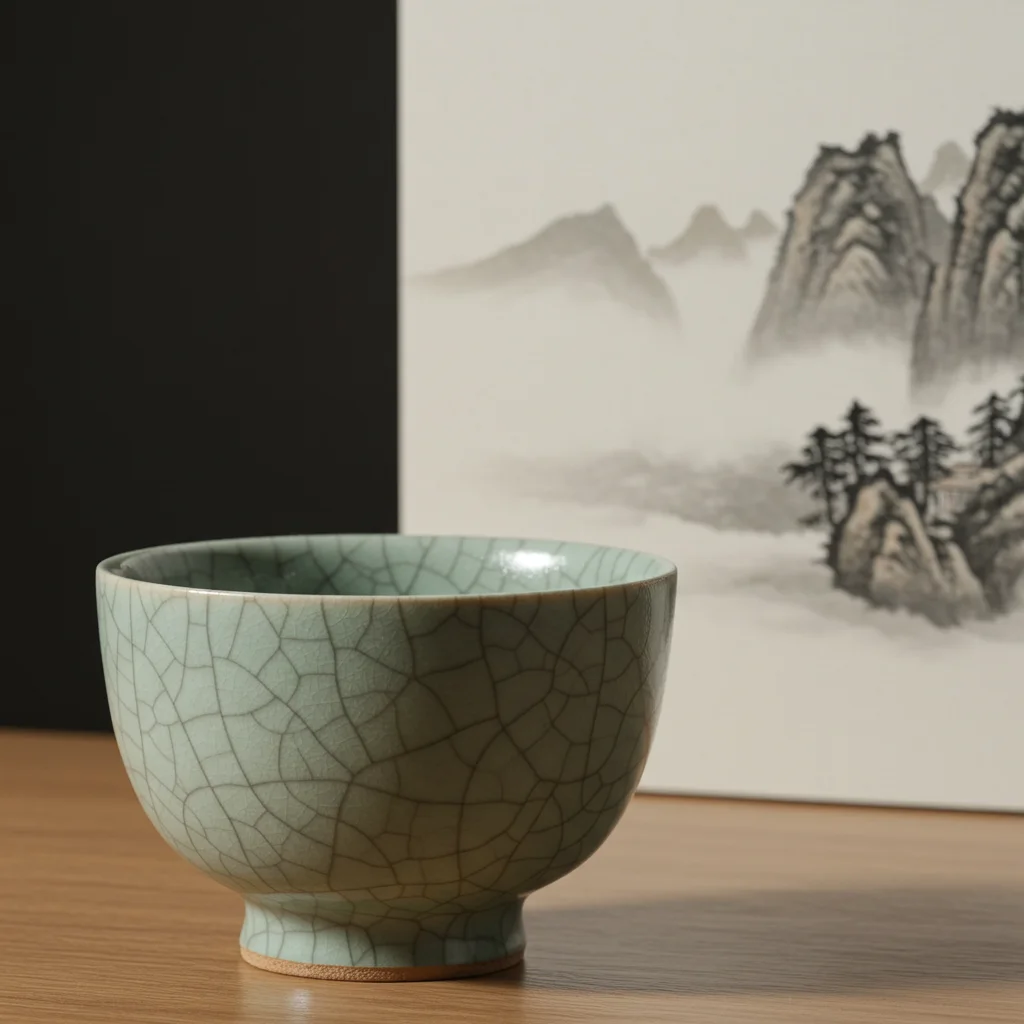
The Tang Dynasty (618–907 CE) introduced tri-colored glazed pottery (sancai), famed for its vibrant yellows, greens, and creams. The Song Dynasty (960–1279 CE) refined porcelain into ethereal celadon and ivory-white Ding ware, celebrated for their minimalist elegance and technical precision. Imperial kilns like Longquan became symbols of Song sophistication.
Blue-and-White Brilliance: The Yuan and Ming Dynasties
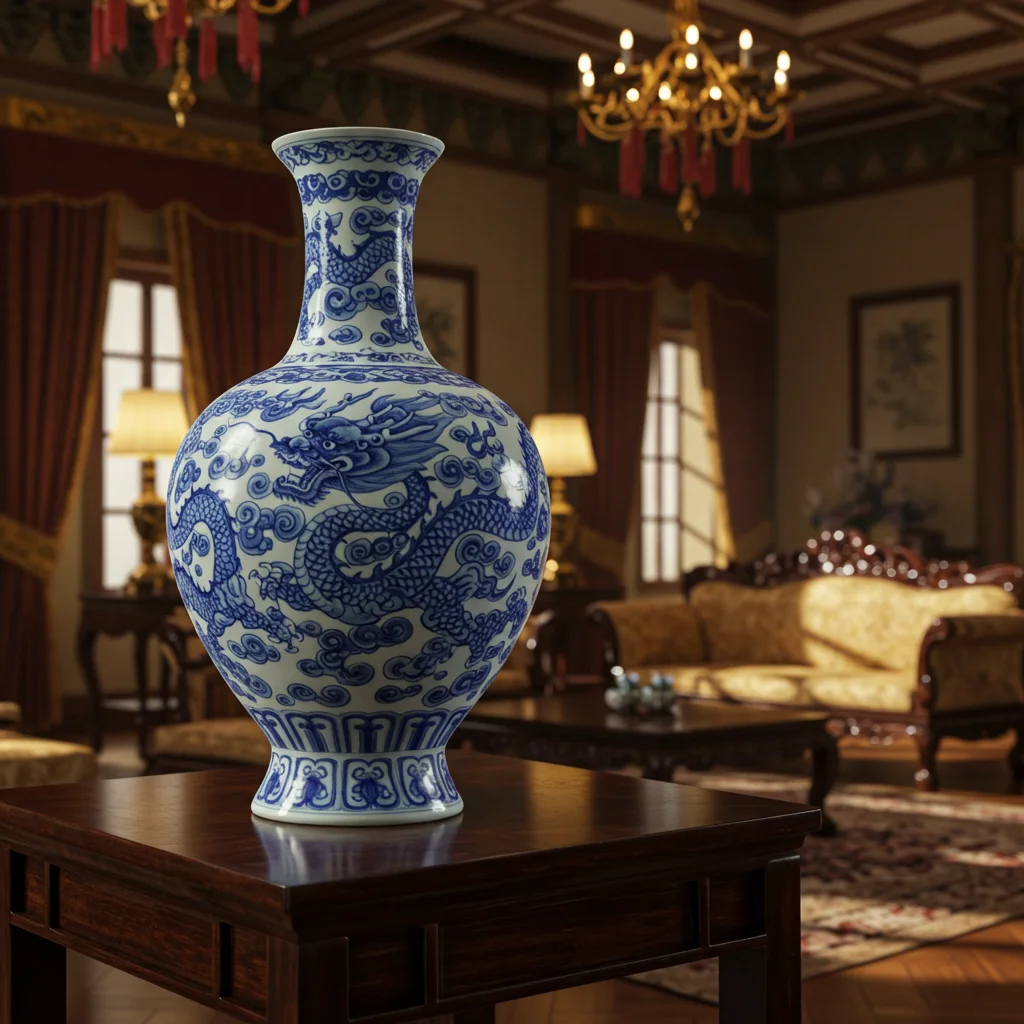
Yuan Dynasty (1271–1368) artisans revolutionized porcelain with cobalt-blue designs under a clear glaze, inspired by Middle Eastern motifs brought via the Silk Road. Ming porcelain (1368–1644) elevated this style, producing iconic qinghua (blue-and-white) vases. The Yongle Emperor’s reign popularized flawless “sweet white” porcelain, while Xuande pieces became global treasures.
Opulence and Innovation: The Qing Dynasty
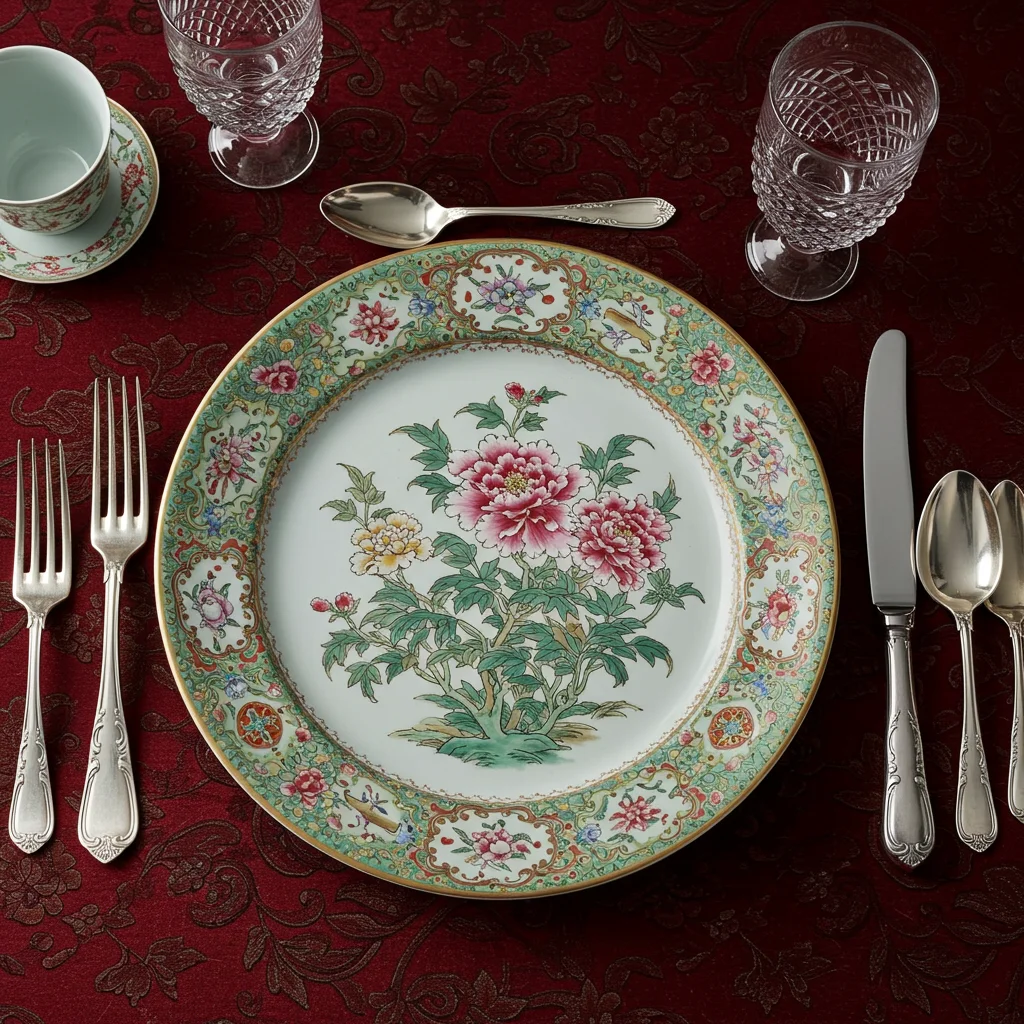
Qing artisans (1644–1912) embraced vibrant enamels, producing famille rose and famille verte wares. Emperor Kangxi’s reign saw technical mastery, while Qianlong-era porcelain boasted lavish gilding and intricate landscapes. Export porcelains tailored to European tastes cemented China’s role in global trade.
Modern Chinese Porcelain: Tradition Meets Technology
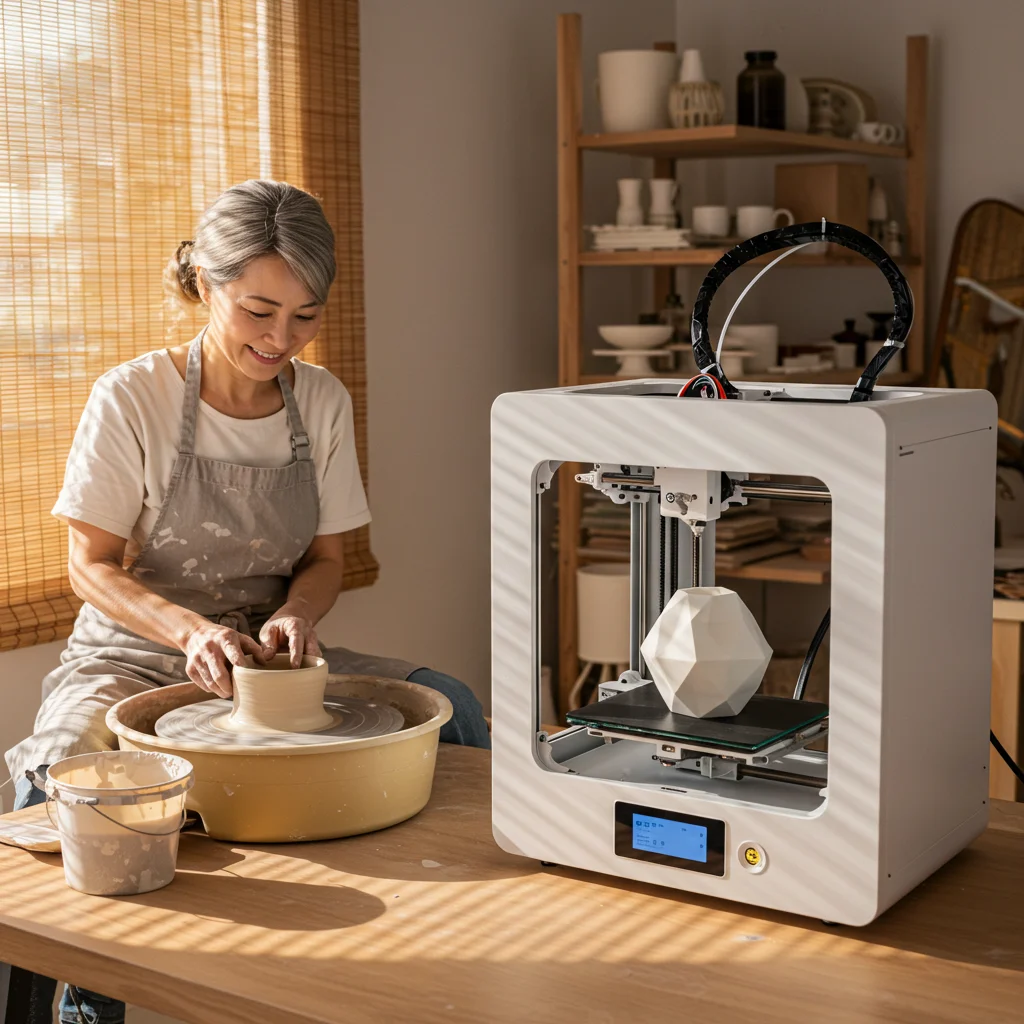
Today, Jingdezhen—the “Porcelain Capital”—blends ancient techniques with 3D printing and sustainable practices. Contemporary artists like Liu Jianhua reinterpret tradition through abstract installations, while museums preserve dynastic masterpieces. Porcelain remains a bridge between China’s past and global modernity.
Cultural Legacy and Global Influence
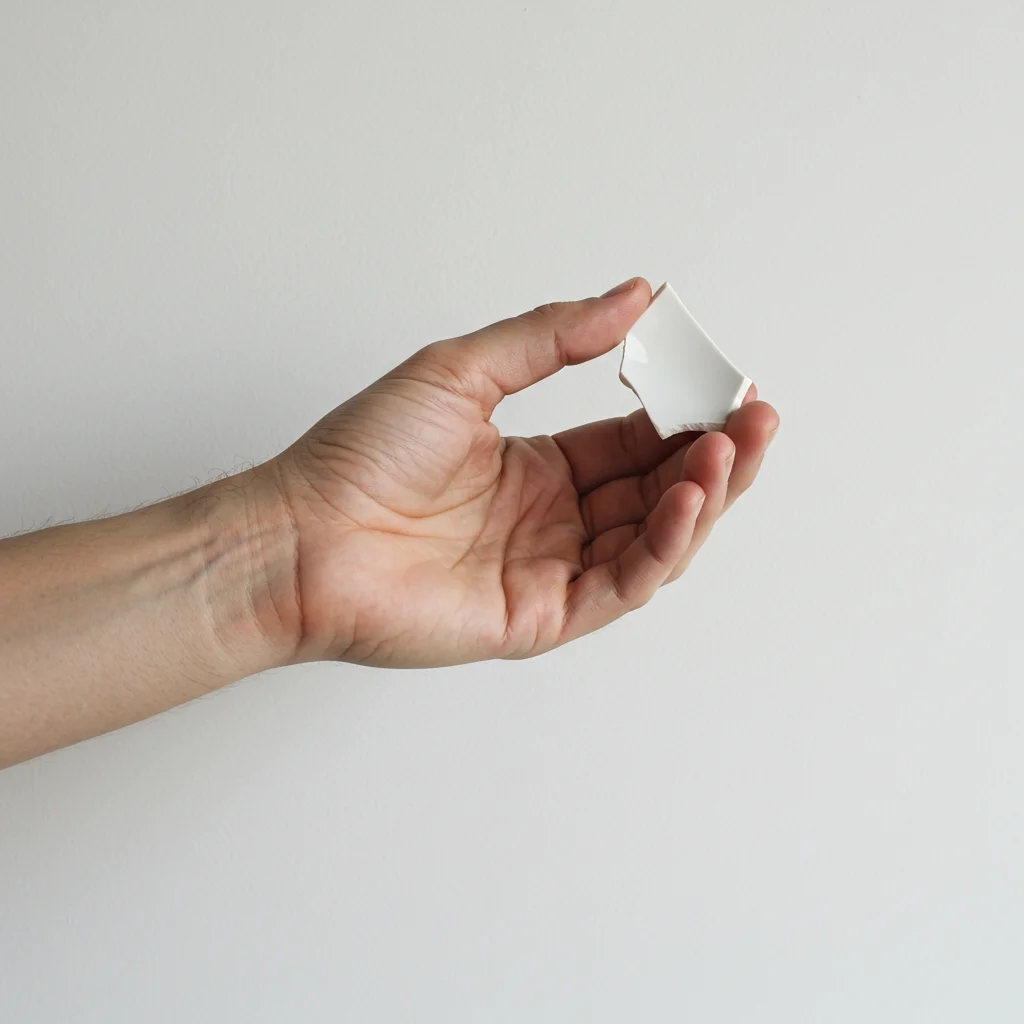
Chinese porcelain symbolizes harmony, artistry, and cultural exchange. From Marco Polo’s marvels to royal European collections, it shaped global aesthetics. UNESCO’s recognition of porcelain-making underscores its role as an intangible cultural heritage, inspiring artisans worldwide.
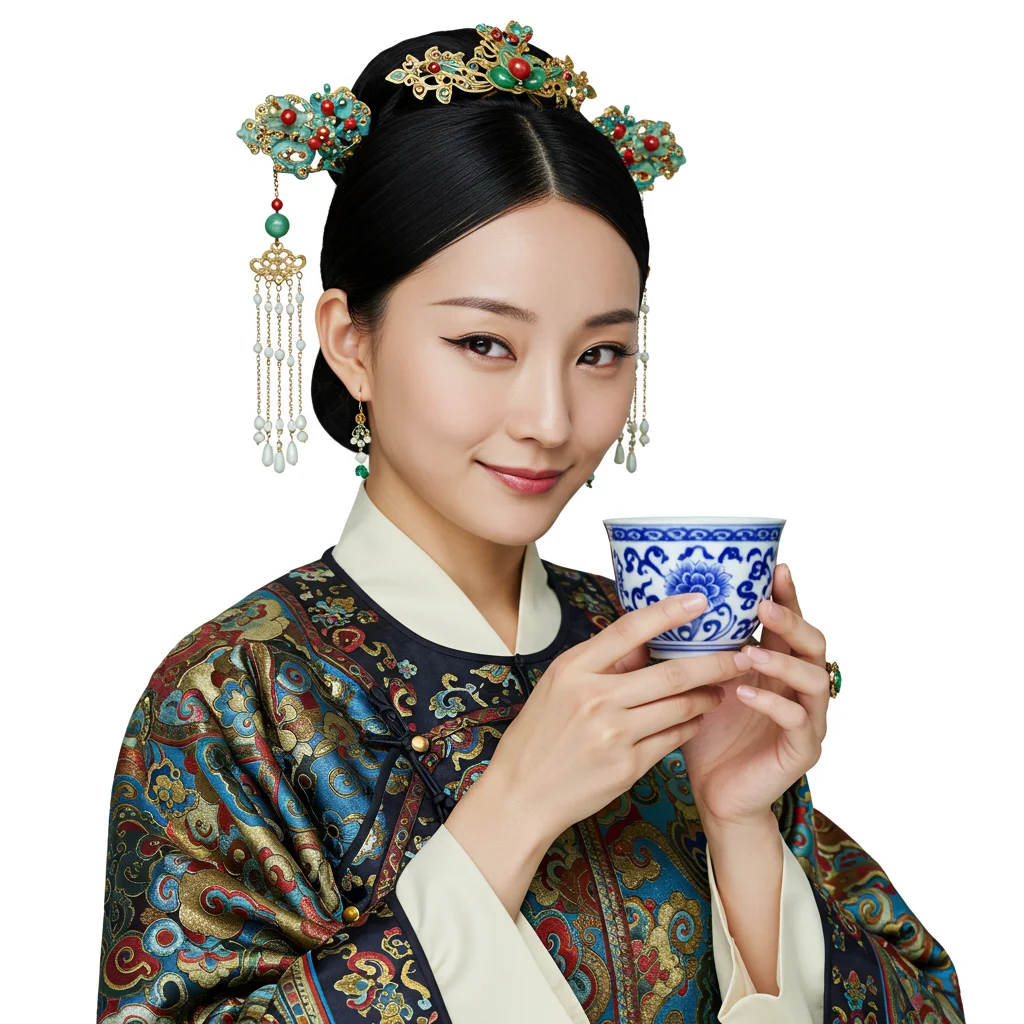








Leave a Comment